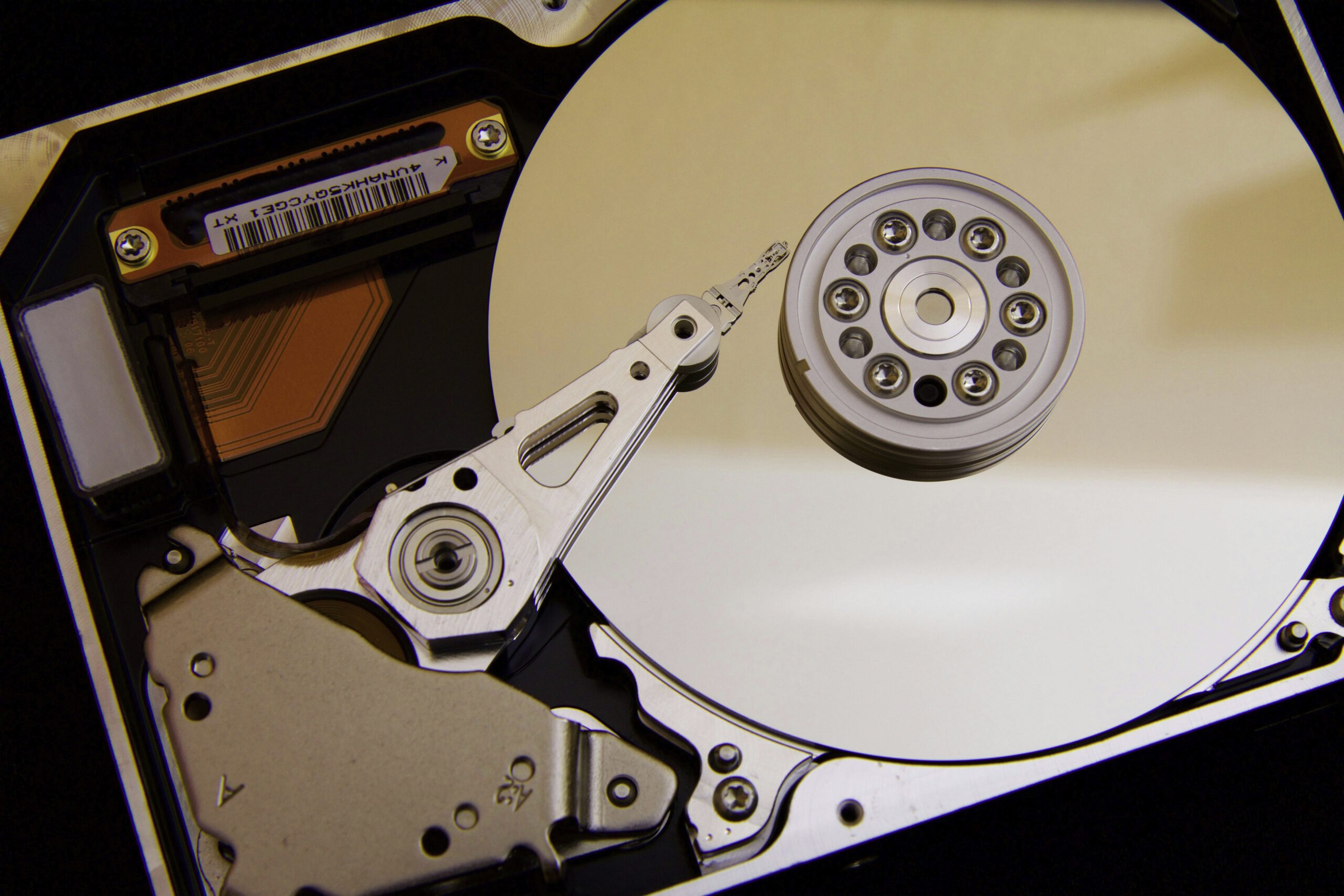UPDATE: A new guide released today clarifies essential storage terms, highlighting the differences between hard drives and solid-state drives, which are critical for tech users and IT professionals alike. Understanding these concepts is urgent as more businesses and individuals rely on digital storage solutions.
The term hard drive refers to the actual storage medium, either in the traditional sense with rotating magnetic discs (HDD) or as a solid-state drive (SSD) using flash memory. This distinction is crucial as the technology behind these drives affects performance, durability, and data retrieval speeds.
Authorities in tech have confirmed that while the term drive encompasses the electronics involved in reading and writing data, both HDDs and SSDs are often referred to as drives, even if SSDs lack mechanical components. This terminology is vital for tech discussions, especially in light of rapidly advancing storage technologies.
Additionally, the guide emphasizes the importance of partitions, which are logical subdivisions of a data carrier. Until formatted with a file system, these partitions are empty. Once formatted, they become volumes visible in operating systems as independent drives, like “C:” or “D:.” This organizational structure enables users to manage data more effectively.
In a significant development for virtualization, virtual hard disks—files emulating real data carriers—are increasingly used in programs like VirtualBox and VMware. This technology allows for flexible storage management, especially in environments that require efficient resource allocation, such as Linux systems.
Also notable is the concept of images—complete copies of volumes, including all data and boot information. These images are critical for backing up systems and require special software for access. For users on macOS, containers within the APFS file system offer a more dynamic alternative to traditional partitions, allowing multiple volumes to share storage space efficiently.
This guide not only aims to clear confusion but also enhances data protection practices. As digital storage demands increase, making precise distinctions between these terms is essential for both everyday users and IT specialists.
Stay tuned as more updates emerge on storage technologies and their implications for data management. Understanding these concepts is no longer optional; it’s essential for navigating the increasingly complex digital landscape. Share this information widely to help others grasp these vital storage concepts!






































































